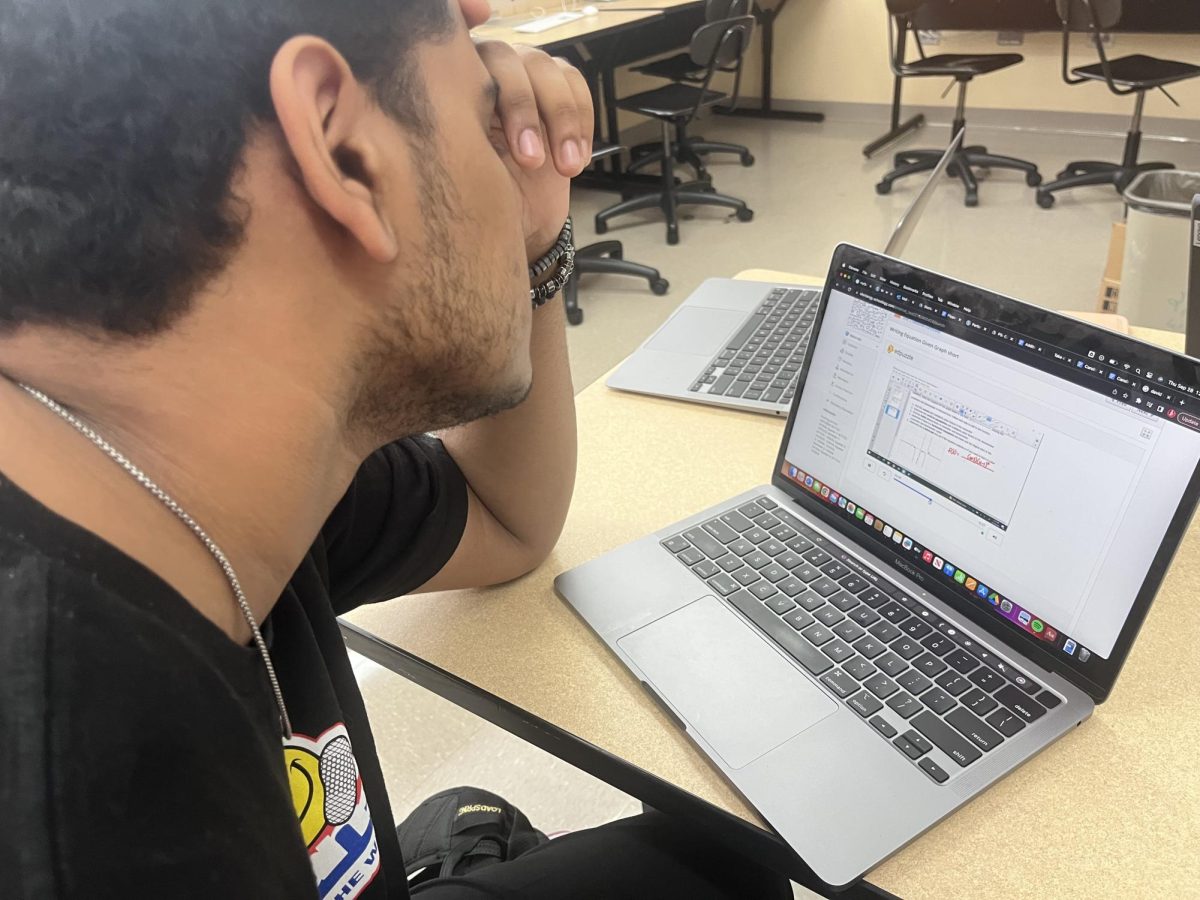Many classrooms at Liberty have implemented flipped learning styles to teach their students, especially in the Math department. While some students argue that it does have its benefits, others say it is hindering their learning.
The model of the flipped classroom is true to its name—the traditional idea of “homework” (practice problems) is done in the classroom, and learning the actual material is done at home. For example, whereas the typical educational environment often consists of lectures and subsequent review of the material at home, a teacher in a flipped classroom may assign video notes at home, and the next day, students are asked to apply what they learned in the notes in a worksheet during class.
Mr. Hale, the Math department head at Olentangy Liberty, is a prominent supporter of flipped classrooms.
“I first started to use the flipped classroom after realizing that I was spending the whole period lecturing and going through examples,” Hale said. “The students were not getting an opportunity to do any practice where I could help them with questions.”
According to Hale, there are many benefits of a flipped classroom. Some include that students who may hesitate to ask questions out of social anxiety during class can ask questions at home without feeling judged by other students. Additionally, students with learning disabilities can easily rewind and relearn sections that they don’t understand on the video notes. Homework is also reduced.
“Students are able to do the passive part of the learning on their own,” Hale said. “Then, in class, they have the opportunity to actually work through the problems while they have their peers and the teacher there to assist them with any issues or misconceptions.”
Despite the several benefits, many students complain that it is not the most effective learning method. A common objection is that students want immediate feedback during the process of learning the material, which isn’t possible in a flipped learning classroom.
“I learn best when I learn directly from a teacher, in person—not from a screen,” an anonymous Junior at Liberty said. “Plus, there are less distractions in the classroom compared to my house. I can focus more at school and learn the material better.”
However, Hale disagrees; he believes that the flipped classroom model allows peers to give each other feedback faster than a teacher could. “My students really like the format because it lets them ask questions while they are doing the work instead of having to figure it out on their own.”




